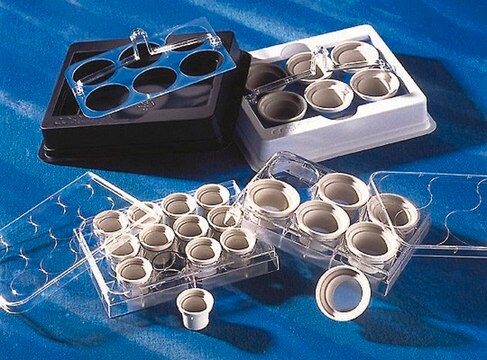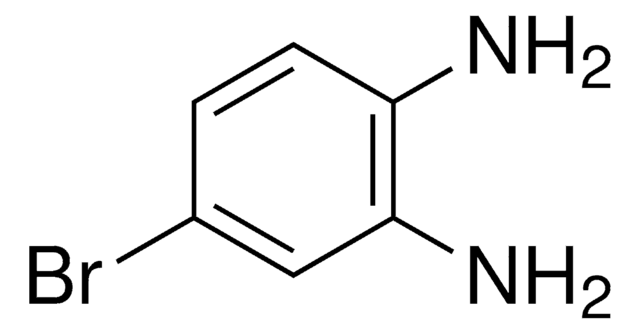95102433
BEAS-2B Cell Line human
NOTE: Both the cell line and DNA from the cell line may be available for this product. Please choose -1VL or VIAL for cells, or -DNA-5UG for DNA.
About This Item
Productos recomendados
origen biológico
human lung
descripción
Human bronchial epithelium, normal
Formulario
liquid
envase
tube of 5 μg 95102433-DNA-5UG
pkg of vial of cells 95102433-1VL
modo de crecimiento
Adherent
cariotipo
Not specified
morfología
Epithelial-like
productos
Not specified
receptores
Not specified
técnicas
cell culture | mammalian: suitable
Origen línea celular
Descripción línea celular
Aplicación
Envase
Perfil del ADN
CSF1PO: 9,12
D13S317: 13
D16S539: 12
D5S818: 12,13
D7S820: 10,13
THO1: 7,9.3
TPOX: 6,11
vWA: 17,18
Medio de cultivo
Rutina de subcultivo
Otras notas
Cultures from HPA Culture Collections and supplied by Sigma are for research purposes only. Enquiries regarding the commercial use of a cell line are referred to the depositor of the cell line. Some cell lines have additional special release conditions such as the requirement for a material transfer agreement to be completed by the potential recipient prior to the supply of the cell line.
Please view the Terms & Conditions of Supply for more information.
Cláusula de descargo de responsabilidad
Código de clase de almacenamiento
10 - Combustible liquids
Clase de riesgo para el agua (WGK)
WGK 3
Punto de inflamabilidad (°F)
Not applicable
Punto de inflamabilidad (°C)
Not applicable
Elija entre una de las versiones más recientes:
Certificados de análisis (COA)
It looks like we've run into a problem, but you can still download Certificates of Analysis from our Documentos section.
Si necesita más asistencia, póngase en contacto con Atención al cliente
¿Ya tiene este producto?
Encuentre la documentación para los productos que ha comprado recientemente en la Biblioteca de documentos.
epithelial cells exposed to atmospheric particulate matter (PM2.5 and
PM>2.5) collected from Cotonou, Benin
Nuestro equipo de científicos tiene experiencia en todas las áreas de investigación: Ciencias de la vida, Ciencia de los materiales, Síntesis química, Cromatografía, Analítica y muchas otras.
Póngase en contacto con el Servicio técnico








